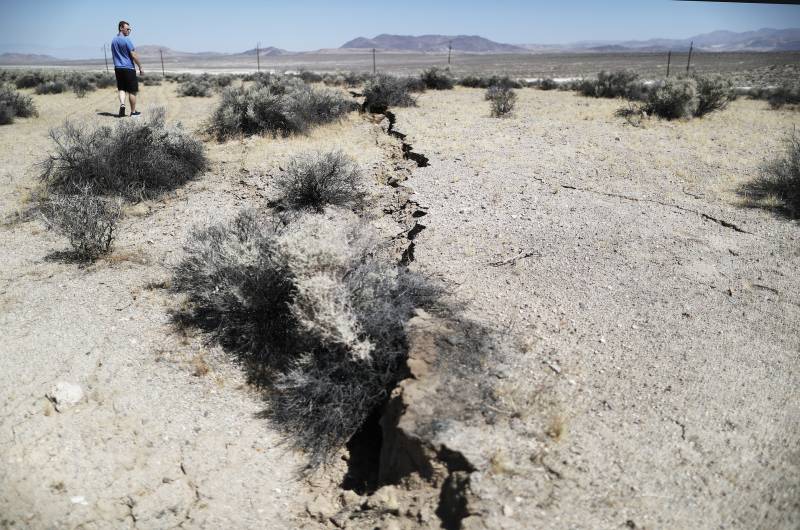Bay Area tech giant Google, working with a team of seismologists from UC Berkeley and the United States Geological Survey, unveiled a pair of new smartphone products this week, one which extends the reach of California’s earthquake early-warning system and another that expands quake detection capabilities to phones around the world.
Android phones in use in California will now automatically receive quake warnings from ShakeAlert, a system that uses a network of 700 seismometers installed across the state by USGS, UC Berkeley, the California Institute of Technology, and the Governor’s Office of Emergency Services to quickly identify earthquakes. The system became active Tuesday.
Now, anyone with an Android phone will potentially gain a few extra moments to protect themselves from an imminent quake, says Richard Allen, the director of the UC Berkeley Seismology Lab, who worked with Google as a visiting researcher to develop the new products.
“It’s a very exciting development, because we’re going to suddenly be able to get those alerts to far more people across California,” he said.
The second new capability that is part of the launch this week is earthquake detection using tiny accelerometers that can pick up seismic activity around the world.

